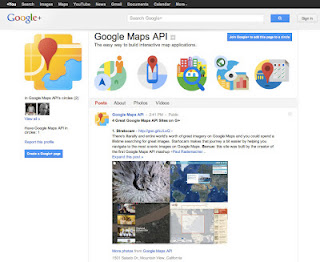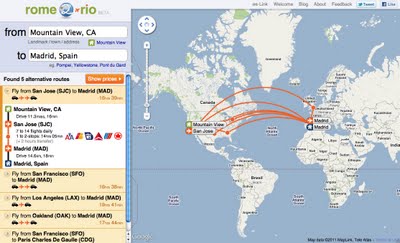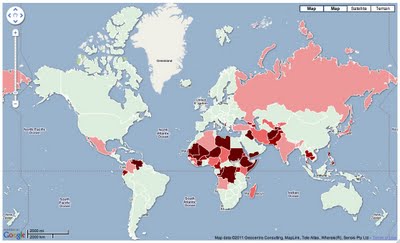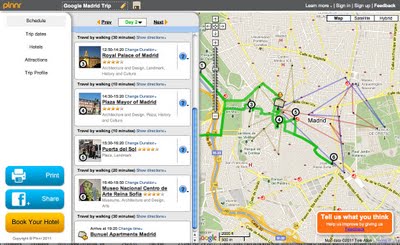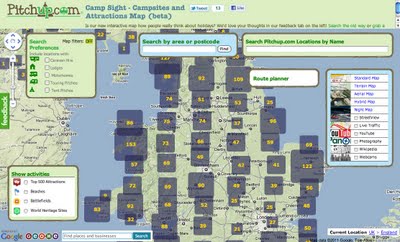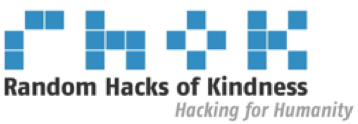To the Google Maps Developer Relations team, the most exciting feature of Google+ is the opportunities it gives us to connect with Google Maps API developers from around the world. That’s why today we’re very excited to announce the launch of the Google Maps API Google+ page.
The Google Maps API Page will be used to give helpful tips about using our APIs, announce our office-hours hangouts, and point you to new cool maps that we find. We’ll also use the page to tell you about upcoming events, highlight announcements, link to helpful articles, and a lot more. It’ll also give us a stronger means to connect with our valued developer community. For instance, today we announced the next Google Maps API Office Hours, in which you can connect to the Maps Developer Relations team through Google Plus Hangouts.
Over the past couple of months, the Maps DevRel team has been connecting with Google Maps API developers through our personal accounts. We’ve now created a new circle that you can follow that has all of us in it.
For years, this blog has been the primary way for developers to keep up to date about the goings-on in the Google Maps API world and that isn’t going to change. We see the new Google+ page as adding a new way for you to connect with the Google Maps API team.
